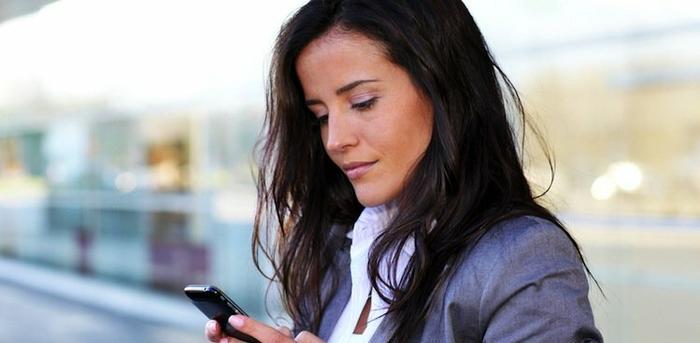
Last week, LinkedIn announced that it has added two-factor authentication to its accounts. Awesome news for LinkedIn users (a.k.a., everyone)—but also a great reminder to make sure you have it set up for all of your accounts.
What is two-factor authentication, you ask? It’s a security measure that kicks in when you (or someone trying to hack your account) logs in from an unregistered device.
As Google’s spam expert, Matt Cutts, puts it:
Two-factor authentication is a simple feature that asks for more than just your password. It requires both ‘something you know’ (like a password) and ‘something you have’ (like your phone). After you enter your password, you’ll get a second code sent to your phone, and only after you enter it will you get into your account. Think of it as entering a PIN number, then getting a retina scan, like you see in every spy movie ever made. It's a lot more secure than a password that anyone can hack, and keeps unwanted snoopers out of your online accounts.
If you’re thinking about pushing this off to another day and need an extra kick in the butt, read the heartbreaking account of what happened to Wired writer Mat Honan when his accounts were hacked, and how two-factor authentication could have prevented it all.
So seriously, do this now. It’s like an alarm system for your digital life.
Here’s how to set up two-factor authentication for all of your accounts: